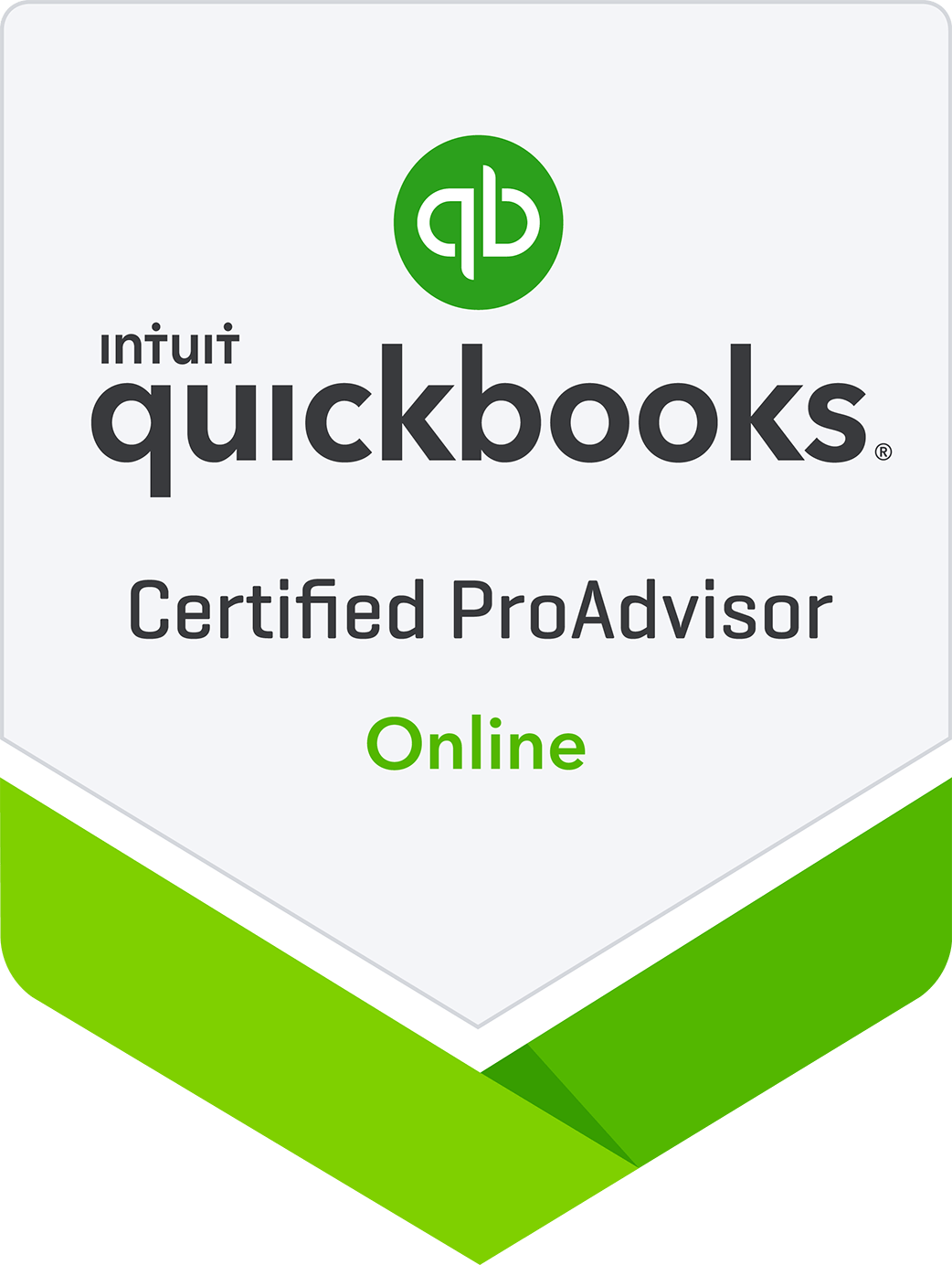A refund policy defines the processes and rules for when customers want their money back and want to return the products or services they purchased from you. It’s often required by your credit card or shopping cart company as part of maintaining PCI (Payment Card Industry) compliance. Plus, it’s just a good, fair business practice to post one.
As a business owner, you can set your own refund rules. The important thing is that they are communicated clearly to the customer in advance of their purchase.
A good refund policy answers the questions that customers have when the item they purchased from you does not work out. It reduces conflict and ambiguity, and improves customer service. It also helps your employees work with customers’ expectations, by allowing them to refer to the posted policy that a customer can see with their own eyes.
Here are some of the components you’ll want to address in your refund policy:
Items to be returned: Which items can be returned and which can’t? Some products, after opening, like food, simply can’t be returned safely. You might still honor a refund of money even if the item can’t be returned or re-sold.
Condition of items: You may want to stipulate for some returned items that they are in a condition to be re-sold. That means the customer may need to return packaging as well as the item in order to qualify for a refund.
Time limit: How long from the date of purchase do customers have to return the item and ask for a refund? Common time limits range from 7 to 30 days.
Shipping: If shipping cost is involved, who will pay it?
Processing time: How long will it take to receive a refund once the item is returned?
Money: How will the money be returned? Will it be on the credit card used? What if it is cash or a check? Or will you give store credit only?
Requirements: Will customers need to fill out a form, request refund approval, or use a specific shipping return label? What instructions do you need to provide them for proper return requests and processing?
Fees: Will there be a re-stocking fee, cancellation fee, return processing fee, or any other fee that reduces the amount of the refund?
The first step is to decide the answers to all of the above questions. You might be tempted to have a “no returns, no refunds” policy, and this could be the right thing in many cases. However, the refund policy is a chance to build trust with the customer, and a rigid one could cause lost sales. Often a “no questions asked” refund policy can increase sales in the long term. Only a very tiny percentage of people will take advantage of it.
Once you have determined the answers to your refund policy, you can write up the policy. Post it on your website and near your cash register or checkout areas of your store.
Next, make sure you have a smooth process in place for handling returns on a timely basis. Most stores have a separate checkout area or customer service desk to process returns so that they don’t slow down the regular check-out lines. Employees should be trained on how to talk with the customers, how to accept the returned items back into inventory for resale or return back to the vendor, and how to use the cash register or shopping cart system to process the returns.
You can even turn returns into a positive experience for everyone. If an item is the wrong size, it may be able to be converted into an exchange for a different size so the sale is not lost. A great sales person can also provide upsell opportunities for new or similar items to the returned item. Proactively, your store can sell warranties at the time of purchase for selected items.
The more customers you have, the more chances there are of having a customer who asks for a refund. Be prepared with a clear, fair, well-documented refund policy.



 Want a free consultation with us? Give us a call or send us an email to claim your complimentary consulting session.
Want a free consultation with us? Give us a call or send us an email to claim your complimentary consulting session.




